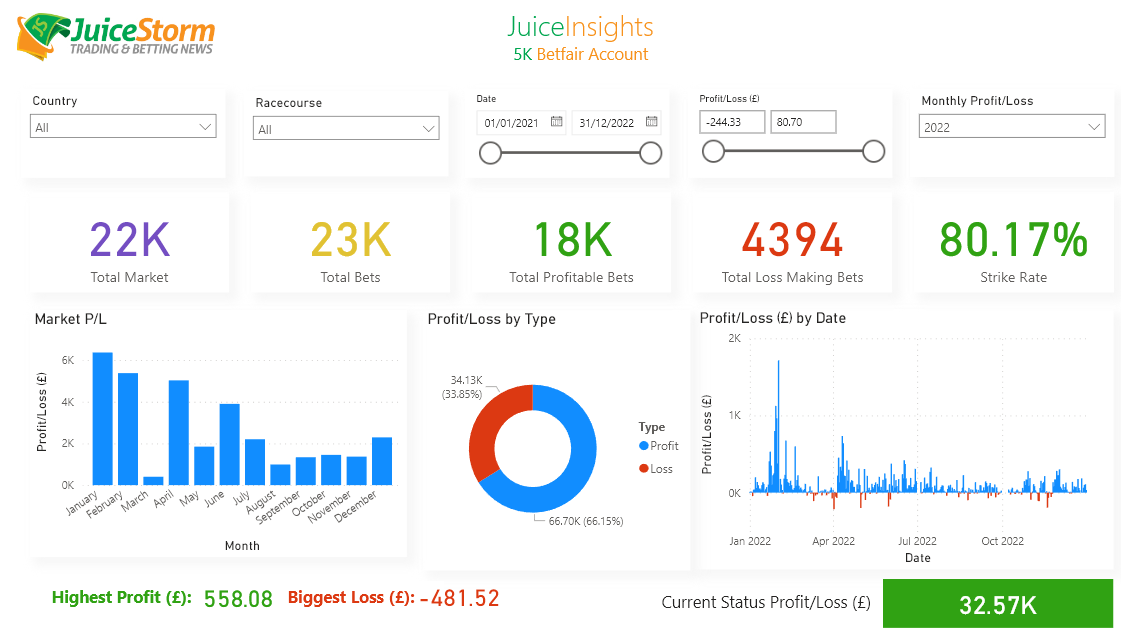Bitcoin Trends To Downside, Why The Stock Market Could Be A Bull Problem
This year, we have seen Bitcoin go down to $30,000, double to $60,000, then reach November’s all-time high over $68,000 and tank once more around 20% on the same month, stabilizing around $57,000.
As Bitcoin trades to the downside just like the U.S. traditional markets, we might be seeing a correlation. Stocks have been driven down lately by the uncertainty and selling pressure that followed the FED’s tapering recent announcement, the introduction of Biden’s bill, and financial fears surrounding the Omicron variant.
As economists have expressed that an important portion of Bitcoin’s returns could be following inflation fears similarly to the U.S. stock markets’ drop, the possible correlations between them could shed some light on what could be expected for December and 2022’s price action.
Could Bitcoin follow the trend and crash along the stock market? At least, the crypto king could encounter a road full of obstacles for rallying next year.

Stocks Feel The Pressure
As correlation remains a possibility, recent U.S. government and FED’s measures are allegedly affecting both Bitcoin and the U.S. stock market’s price action.
Biden’s infrastructure bill introduces new requirements for crypto investors and businesses with digital-asset deals to report to theS, meaning a future crypto-tax. Similarly, major CEOs cashing in their stocks remind that high earners are also fragile facing a possible increase in federal taxes, as there are airs for a 5% surtax income over $10 million and 8% on income over $25 million.
On the other hand, there is Jerome Powell‘s recent announcement about the central bank possibly reducing support to the economy sooner than expected, cutting asset purchases, and raising interest rates.
These events have been followed by stock investors selling out of pressure, painting a gloomy landscape for December as many expect that selling before the beginning of 2022 could help them face the imminent tax increase.
Wall Street’s December looks shakier than usual since November became a volatile month where we saw –and now keep seeing– major averages tank. The Dow decreased 3.7%, S&P 500 0.8%, Russell 2000 saw its worst loss since March last year down almost 4.3%. This could be seen as a general lack of confidence for the future of the U.S. economy.
Major CEOs and corporate insiders like Satya Nadella, Jeff Bezos, and Elon Musk, have reportedly sold around $69 billion in stock this year, 30% up from 2020 and a 79% increase in 10 years, said InsiderScore.
Bitcoin, S&P, And Dow Jones: Is There A Correlation?
Shifts in reported correlation indexes between BTC and the U.S. stock market have increased since 2020 alongside the investors’ recent selling pressure.
The theory of Bitcoin working as a “safe haven” store of value compared to gold if investors face a major market downturn, and the theory of the digital coin’s price being correlated to the stock market’s, don’t go well together. However, we are walking a field of possibilities rather than certainties.
Crypto has seen an important inflow of institutional funds, and as retail investors lose dominance, the crypto market and the stock market might be seeing a share of the same investors that could translate into correlation.
Looking at the numbers, the correlation index is based on a scale of 1 –closer to correlation coefficient– to -1 –moving on opposite directions–, meaning that 0 would be no correlation. Since 2020, these indexes have looked closer to 1 for BTC, Dow Jones, and S&P.
In November, Bitcoin’s index level of correlation with Dow Jones reached 0.84 on the 27th, on the same day S&P500’s was at 0.30 and went higher from that point. Now S&P500 is up at 0.48, and Dow Jones down at 0.63 -still quite relevant-.

However, the brighter side of the institutional demand for Bitcoin is that it has held its critical support levels –needed to hit new highs– and constant trading volume through the price correction.





